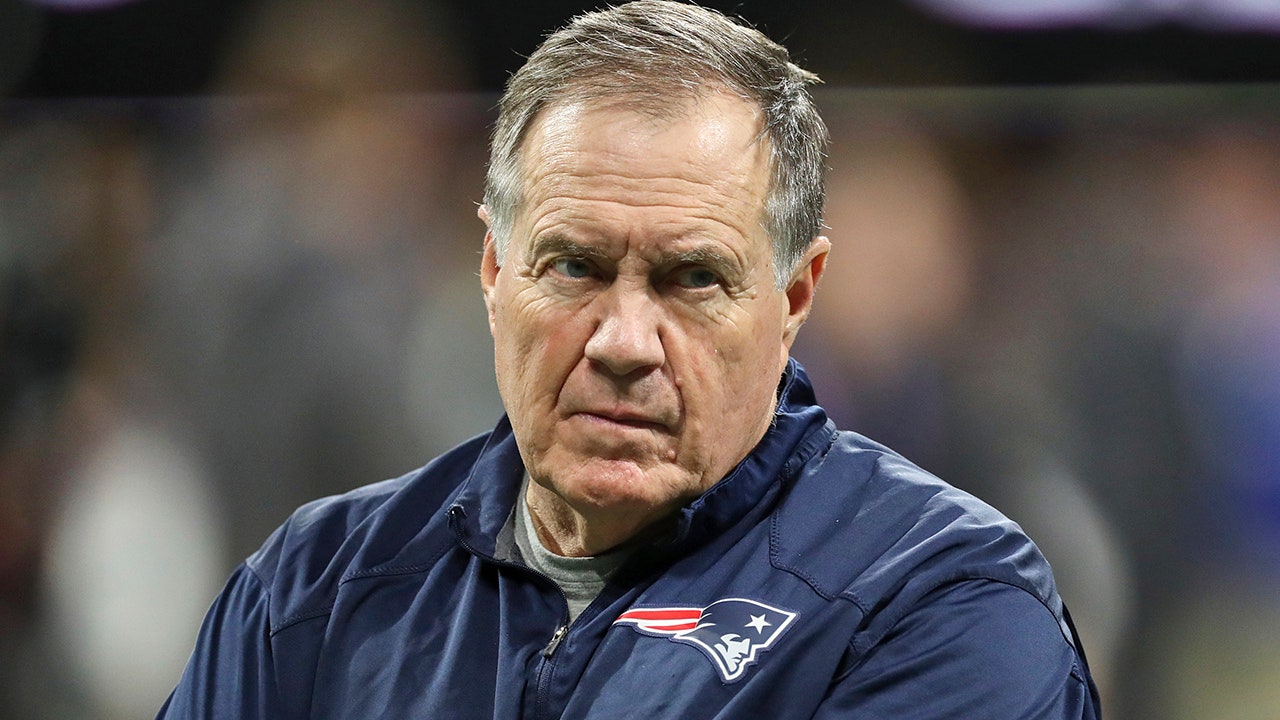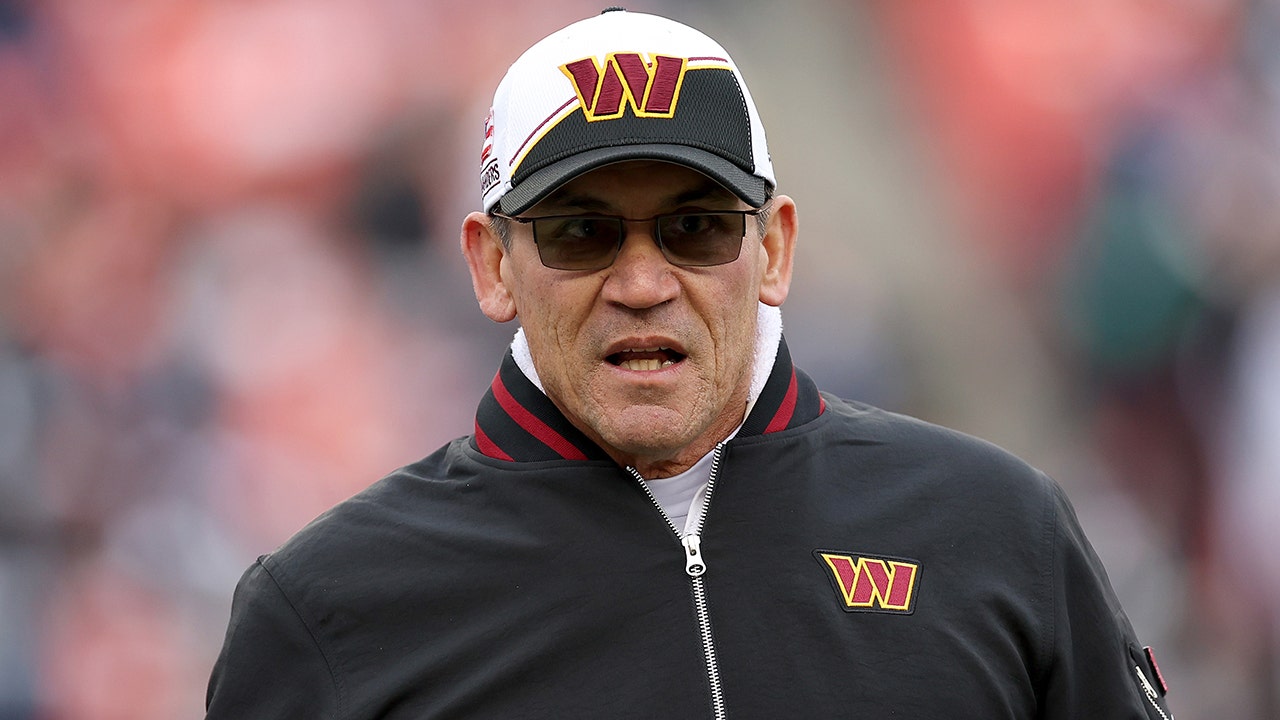The Sweeper-Keeper: Redefining Goalkeeping in Modern Soccer
In the dynamic world of soccer, the role of goalkeepers has evolved beyond shot-stopping to encompass a broader set of skills, and one term that has gained prominence is the “sweeper-keeper.” This innovative style of goalkeeping has transformed the game, with goalkeepers actively involved in defensive plays and contributing to their team’s tactical approach. In this article, we explore the concept of the sweeper-keeper, its key attributes, and the impact it has on modern soccer.
Unveiling the Sweeper-Keeper Concept
Definition and Origin
The term “sweeper-keeper” refers to a goalkeeper who, in addition to traditional goalkeeping duties, actively participates in defensive plays outside the penalty area. This concept gained prominence as teams began adopting a more possession-based playing style, requiring goalkeepers to be proficient in playing the ball with their feet.
Key Attributes of a Sweeper-Keeper
Footwork and Ball Control
A sweeper-keeper excels in footwork and ball control, enabling them to confidently receive and distribute the ball with precision. This skill set is vital in building up play from the back and initiating attacks.
Decision-Making and Tactical Awareness
Sweeper-keepers possess exceptional decision-making abilities and tactical awareness. They understand when to rush out of their goal to intercept opposing attacks, when to play long passes, and when to support their defenders in clearing the ball.
Communication Skills
Clear communication is crucial for a sweeper-keeper. They must effectively communicate with the defensive line, providing instructions, organizing the backline, and ensuring everyone is on the same page during defensive plays.
Tactical Contributions of a Sweeper-Keeper
High Defensive Line
Teams employing a sweeper-keeper often play with a higher defensive line. The goalkeeper’s ability to sweep behind the defensive line neutralizes through balls and reduces the space for opposing forwards.
Building from the Back
A sweeper-keeper actively participates in building up play from the back. By receiving passes from defenders and distributing the ball accurately, they contribute to the team’s possession-based style and help bypass opposing pressure.
Counter-Pressing
Sweeper-keepers play a crucial role in the team’s counter-pressing strategy. When possession is lost, they can quickly close down opponents, preventing counterattacks and providing an additional layer of defense.
Notable Sweeper-Keepers in Modern Soccer
Manuel Neuer
The German goalkeeper Manuel Neuer is often credited as one of the pioneers of the modern sweeper-keeper role. His ability to read the game, rush out of his goal, and contribute to ball distribution has set a benchmark for aspiring goalkeepers.
Alisson Becker
Liverpool’s Alisson Becker is another prominent sweeper-keeper known for his composure on the ball, accurate passing, and timely interventions outside the penalty area.
Evolution of Goalkeeping
Impact on Goalkeeper Training
The rise of the sweeper-keeper has influenced goalkeeper training methodologies. Modern goalkeepers focus not only on shot-stopping but also on developing technical skills, tactical awareness, and the ability to contribute to the team’s overall playing style.
Tactical Adaptations by Teams
Many top teams now incorporate the sweeper-keeper concept into their tactical approach. Coaches recognize the value of goalkeepers who can serve as an additional outfield player during both defensive and offensive phases of the game.
Conclusion
The emergence of the sweeper-keeper represents a paradigm shift in the role of goalkeepers in modern soccer. No longer confined to the goalmouth, goalkeepers are now integral to the team’s tactical strategy, actively participating in defensive plays and shaping the team’s style of play. As soccer continues to evolve, the sweeper-keeper remains a symbol of innovation and adaptability, transforming the traditional expectations of goalkeeping in the beautiful game.







